Description
PROPERTIES:
Ranitidine is a specific, rapidly acting histamine H2-antagonist. It inhibits basal and stimulated secretion of gastric acid, reducing both the volume and the acid and pepsin content of the secretion.
PHARMACOKINETICS:
Absorption of ranitidine after intramuscular injection is rapid and peak plasma concentrations are usually achieved within 15 minutes of administration.
Ranitidine is not extensively metabolized. Elimination of the drug is primarily by tubular secretion. The elimination half-life of ranitidine is 2-3 hours.
INDICATIONS:
Ranitidine injection is indicated for the treatment of duodenal ulcer, benign gastric ulcer, postoperative ulcer, oesophageal reflux disease, zollinger-Ellison syndrome, and the following conditions where reduction of gastric secretion and acid output is desirable: the prophylaxis of gastro-intestinal haemorrhage from stress ulceration in seriously ill patients. The prophylaxis of recurrent haemorrhage in patients with bleeding peptic ulcers and before general anaesthesia in patients considered to be at risk of acid aspiration (Mendelson’s syndrome), particularly obstetric patients during labour.
DOSAGE & ADMINISTRATION:
Adults and Elderly:
Ranitidine injection may be given either as a slow intravenous injection of 50 mg often dilution to a volume of 20 ml, which may be repeated every 6 to 8 hours; or as an intermittent interavenous infusion at a rate of 25 mg / hour for 2 hours. This infusion may be repeated 6 to 8 hours intervals; or as an intramascular injection of 50 mg every 6 to 8 hours.
In the prophylaxis of haemorrhage from stress ulceration in seriously ill patients or the prophylaxis of recurrent haemorrhage in patients bleeding from peptic ulceration, parentral administration may be continued until oral feeding commences.
In the prophylaxis of upper gastro-intestinal haemorrhage from stress ulceration in seriously ill patients a priming dose of 50 mg as a slow intravenous injection followed by a continuous intravenous infusion of 0.125 – 0.250 mg / kg / hr.
In patients considered to be at risk of developing acid aspiration syndrome. Ranitidine injection 50 mg may be given intramuscularly or by slow intravenous injection 45 to 60 minutes before inductions of general anesthesia.
Children:
The use of Ranitidine injection in children has not been evaluated.
CONTRAINDICATIONS:
Ranitidine is contra-indicated for patients known to have hypersensitivity to any component of the preparation.
SIDE EFFECTS:
Transient and reversible changes in liver function, rarely acute pancreatitis, leucopenia and thrombocytopenia, hypersensitivity reactions, bradycardia, headache, reversible mental confusion, stain rash, musculoskeletal symptoms.
DRUG INTERACTIONS:
Ranitidine does not potentiate the actions of diazepam, lignocaine, phenytoin, propranolol, theophylline and warfarin.
PREGNANCY & LACTATION:
Ranitidine should only be used during pregnancy and nursing if considered essential.
PRECAUTIONS & WARNING:
Treatment with a histamic H2 – antagonist may mask the symptoms associated with carcinoma of the stomach. Accordingly, where gastric ulcer is suspected the possibility of malignancy should be excluded before therapy.
Ranitidine is excreted via the kidney and so plasma level of the drug are increased in patients with severe renal impairment, in such patients the administration of Ranitidine is recommended in doses of 25 mg.
Associated bradycardia with rapid administration of Ranitidine injection has been rarely reported.
The use of higher than recommended doses of intravenous H2 – antagonist has been associated with rises in liver enzymes when treatment has been extended beyond five days.
Ranitidine should only be used during pregnancy and nursing if considered essential.
PACKING:
Pack of 5 ampoules.
STORAGE:
Keep at a temperature not exceeding 30C.
Keep out of reach of children.


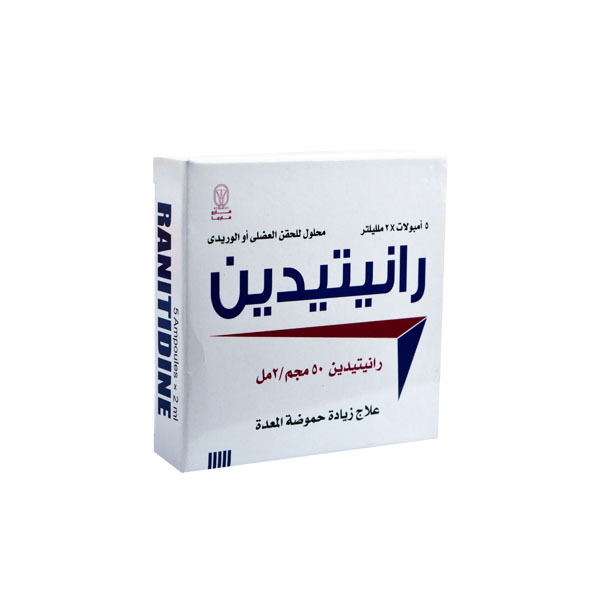
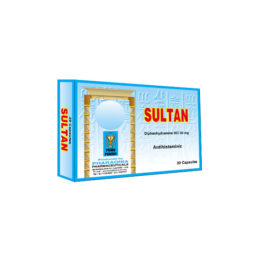
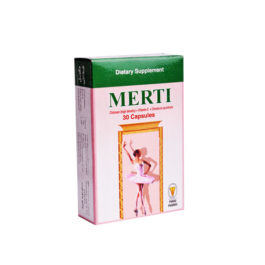
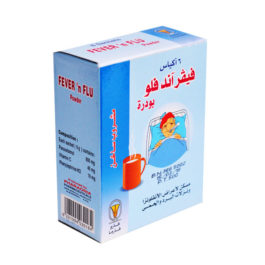
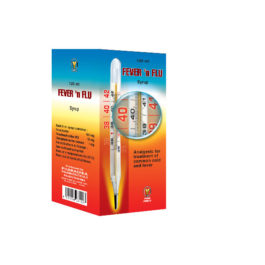
Reviews
There are no reviews yet.